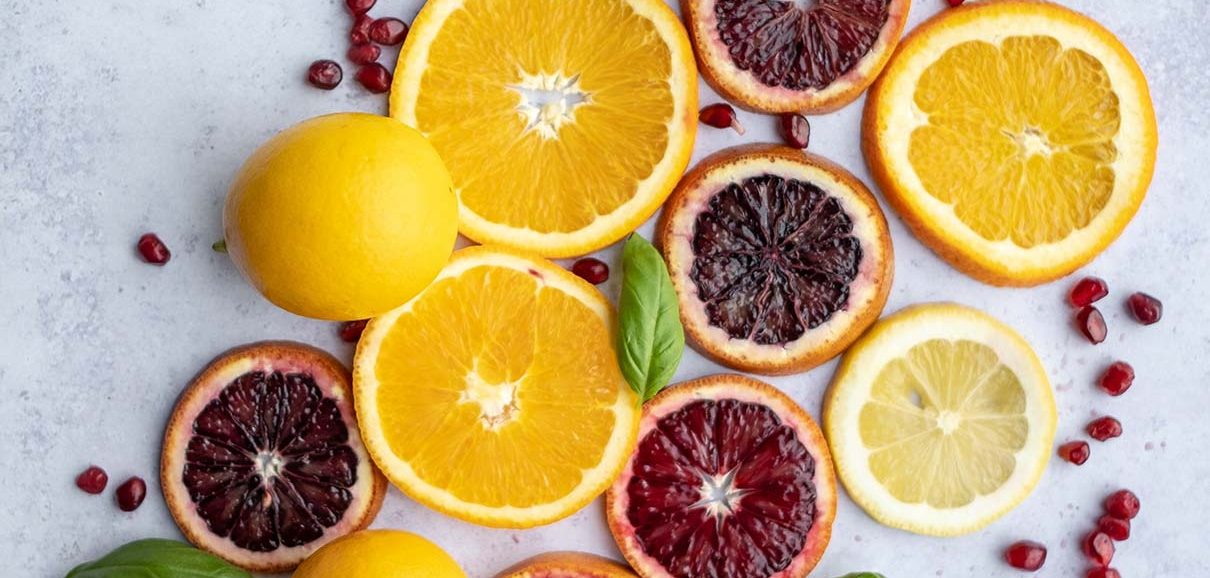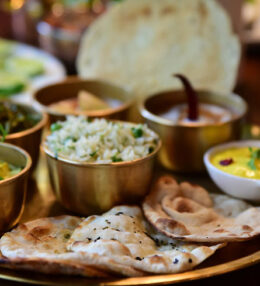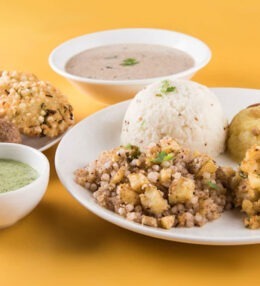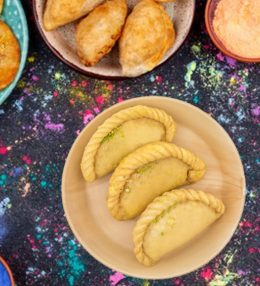How to instil healthy & nutritious eating habits in the kids?
Many parents worry about what their children eat — and don’t eat. Adopting healthy eating habits and drinking patterns for kids from an early age can promote good health and well-being in later life. If you eat a variety of healthy foods, your child is more likely to follow suit. Food intake is influenced by family eating habits and atterns and through interaction with peers. Early food experiences can have a significant effect on food likes and dislikes and on eating habits in later life. Switching to healthy eating habits can have a profound effect on children’s health, helping to maintain a healthy weight, avoid certain health problems, stabilize their moods, and sharpen their minds. A healthy diet can also have a profound effect on a child’s sense of mental and emotional wellbeing, helping to prevent conditions such as depression, anxiety, bipolar disorder, schizophrenia, and ADHD. The sooner wholesome, nutritious choices are introduced to your kids’ diets, the easier they’ll be able to develop a healthy relationship with food that can last them a lifetime. All children will respond differently to different kinds of encouragement, so here’s a range of strategies to arm yourself with to triumph at mealtime. Try one approach at a time and give it a few weeks to see if it’s working.
- We all eat with our eyes first – glamorising food makes us want to eat it. Applying this logic to children’s food could help your child to enjoy mealtimes more. Aim to offer tasty, nicely presented and well-cooked foods that will be enjoyed by the children. Be creative when serving food as the same food can be served in different ways.
- Meal times should not be rushed as a relaxed approach to eating can pave the way for healthy attitudes to food. It is important to make eating a pleasurable experience. If your child isn’t hungry, don’t force a meal or snack. Likewise, don’t bribe or force your child to eat certain foods or clean his or her plate. This might only ignite — or reinforce — a power struggle over food. In addition, your child might come to associate mealtime with anxiety and frustration or become less sensitive to his or her own hunger and fullness cues. Try to make mealtimes pleasant with conversation and sharing, not a time for scolding or arguing. If mealtimes are unpleasant, children may try to eat faster to leave the table as soon as possible. They then may learn to associate eating with stress.
- Home-cooked food is healthier than ready-meals or convenience foods, packaged and processed food. Keep plenty of fruit, vegetables, and healthy beverages (water, milk, pure fruit juice) on hand so kids avoid unhealthy snacks like soda, chips, and cookies.
- Serve small portions to avoid overwhelming your child and give him or her the opportunity to independently ask for more.
- Serve meals and snacks at about the same times every day. Allowing your child to fill up on juice, milk or snacks throughout the day might decrease his or her appetite for meals.
- Encouraging eating well does not mean forbidding certain types of foods or forcing children with foods they do not like. Eating a healthier diet is about keeping the right balance and eating more of some foods as well as eating less of others. Though fast food is typically high in sugar, unhealthy fat, and calories and low in nutrients. Still, junk food is tempting for kids, so instead of eliminating it entirely, it’s OK to have an occasional treat, but if you buy smaller packages of “junk food,” it’s easier to keep these snacks to a minimum or try to cut back on the times your kids eat fast food and, on the times that they do, make the healthiest choices possible. Healthy foods can be prepared and presented in disguise of junk as they taste awesome and look fabulous. Some of the great choices for healthy junk have already been shared by TastyTadka. They are as follow…
- Masala corn chaat
- Moong dal tikki chaat
- Moong dal Pakoda
- Paneer tikka masala
- Instant Uttapam
- Khandvi
- Foods that contain large amounts of added sugar are high in energy but provide very little nutritional value. Nowadays, children tend to eat more sugar than is recommended, which can affect both their body weight and their teeth causing dental decay. It can lead to a host of other health problems in later life. As much as possible, desserts offered should be fruit- and/or milk-based, and served occasionally, and if offered, should only be served as part of a meal. Desserts can be made more nutritionally beneficial by modifying recipes as including fresh fruits or dried fruit, or include nutrient-rich and fibre-rich ingredients such as oats and wholemeal flour to reduce the fat and sugar content. Cocoa powder can be used in cakes and biscuits as an alternative to confectionery / bakery or chocolates.
Homemade easy dessert recipe ideas –
- Coconut Laddu
- Moong Dal Modak
- Dates Kheer
- Mango Phirni
Homemade easy confectionery/ Bakery recipe ideas-
- Try not to use food to punish or reward your children. when foods, such as sweets, are used as a reward, children may assume that these foods are better or more valuable than other foods. For example, telling children that they will get dessert if they eat all of their vegetables sends the wrong message about vegetables. Don’t offer dessert as a reward. Withholding dessert sends the message that dessert is the best food, which might only increase your child’s desire for sweets. You might select one or two nights a week as dessert nights, and skip dessert the rest of the week — or redefine dessert as fruit, yogurt or other healthy choices.
- School lunches are an excellent way of ensuring children have nutritious food in the middle of the day. Kids who enjoy breakfast every day have better memories, more stable moods and energy, and score higher on tests. Eating a breakfast high in quality protein can even help teenagers to fight obesity. Packing a healthy lunch is vital for making sure they get the right energy and nutrients they need for lunchtime play and afternoon lessons. Making an interesting and nutritious packed lunch every day can be a difficult task. But don’t resort to pre-prepared lunch box foods, sweets and crisps! Remember that no matter how nutritionally balanced your lunch box is, there will be no nutritional value to it if it remains uneaten! So, make sure it comes back eaten.
Lunch box recipe ideas –
Moong Dal Chilla
Veg Mayo Sandwiches
Mix Veg Parantha
Dora cakes
Pancakes
Potato cheese balls
Kale chane ki healthy poori
Kale chane ke kebabs
- In the meantime, also remember that your child’s eating habits won’t likely change overnight — but the small steps you take each day can help promote a lifetime of healthy eating. Regular healthy eating exercise can even help motivate your kids to make healthy food choices.






